Easy to order great service great product equals very happy customer
Designing the Optimal Environment for a Cannabis Dry Room
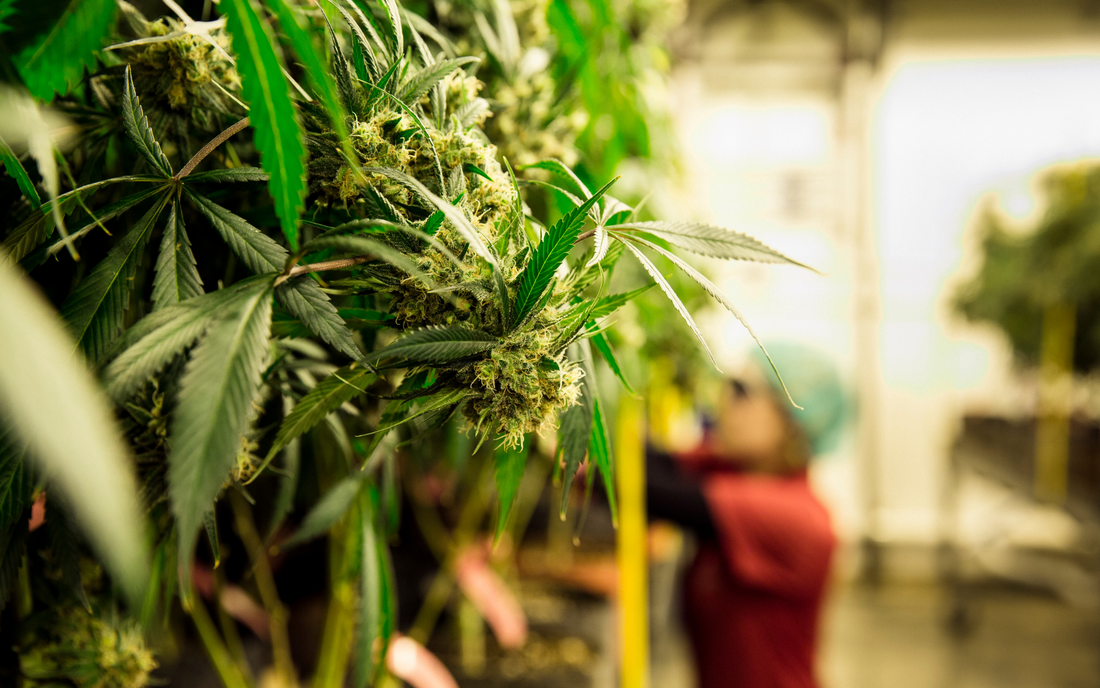
Designing the Ideal Cannabis Dry Room Environment: A Comprehensive Guide
A well-designed dry room plays a crucial role in the cannabis cultivation process, as it sets the stage for efficient and effective drying of harvested buds. To achieve optimal results, creating the ideal environment in a cannabis dry room is essential. In this comprehensive blog, we will explore the key elements necessary for designing an optimal dry room environment. From temperature and humidity control to air circulation and light considerations, we aim to guide cultivators in preserving potency, minimizing mold risks, and maintaining the overall quality of their dried cannabis.
1. Temperature Control
a. Optimal Range
- Maintain a temperature range of 60-70°F (15-21°C) to promote a slow and controlled drying process, ensuring the preservation of cannabinoids and terpenes.
b. Consistency
- Avoid significant temperature fluctuations, as they can disrupt the drying process and potentially degrade valuable compounds.
2. Humidity Regulation
a. Initial Drying Phase
- Begin with a humidity level around 45-55% to facilitate the initial drying process, allowing for moisture evaporation while minimizing the risk of mold.
b. Gradual Reduction
- Gradually decrease humidity over time to approximately 45-50% to promote a slower drying process, preserving the quality and potency of the dried cannabis.
c. Avoid High Humidity
- Excessively high humidity levels increase the risk of mold and mildew formation, compromising the overall quality of the dried cannabis.
3. Air Circulation
a. Adequate Ventilation
- Ensure proper air circulation within the dry room by utilizing fans, exhaust systems, or dehumidifiers to prevent stagnant air pockets and promote even drying.
b. Uniform Airflow
- Position fans strategically to create uniform airflow, preventing areas of high humidity or uneven drying within the dry room.
4. Light Considerations
a. Avoid Direct Light Exposure
- Direct exposure to light, especially ultraviolet (UV) rays, can degrade cannabinoids and terpenes, leading to a loss of potency and quality. Keep the dry room dimly lit or use opaque containers.
b. Indirect Lighting
- If lighting is required for monitoring or working in the dry room, choose indirect or low-intensity lighting sources that minimize UV exposure.
5. Monitoring and Adjustments
a. Regular Monitoring
- Continuously monitor temperature, humidity, and airflow using reliable instruments such as hygrometers and thermometers to ensure they remain within the desired ranges.
b. Adjustments as Needed
- Make necessary adjustments to temperature, humidity, or airflow based on the characteristics and progress of the drying cannabis in the dry room.
Designing the ideal environment in a cannabis dry room is crucial for achieving optimal drying results. By effectively controlling temperature, humidity, air circulation, and light exposure, cultivators can preserve the potency, minimize mold risks, and maintain the overall quality of their dried cannabis. Regular monitoring and adjustments ensure that the dry room environment remains optimal throughout the drying process. Embrace the art of drying and cultivate cannabis that embodies the desired characteristics through a well-designed dry room environment.
No comments


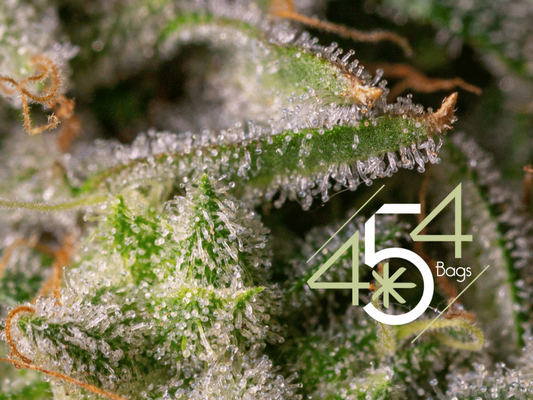
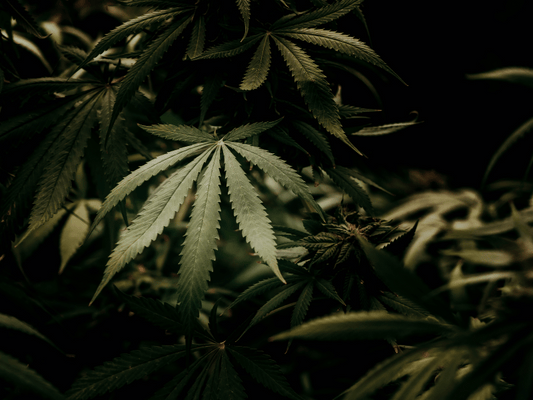
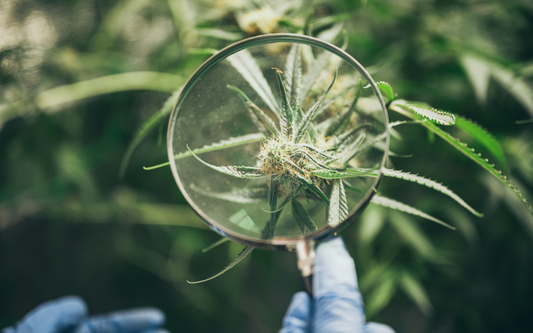
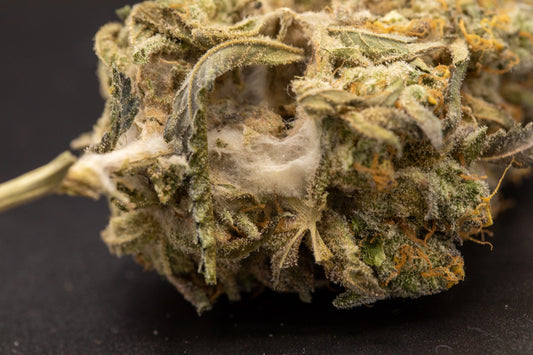


0 comments